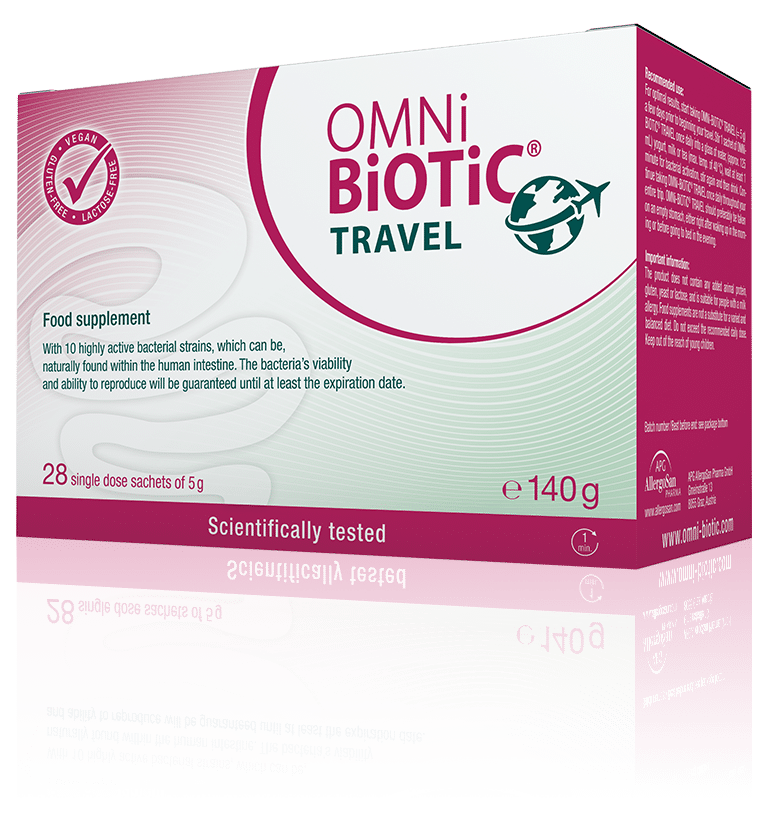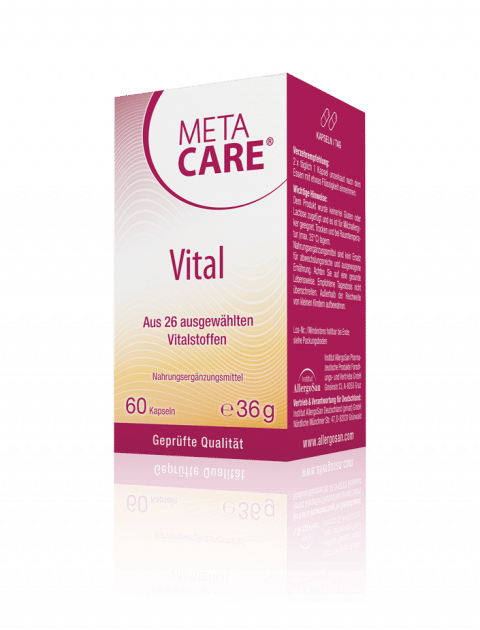
The gut in high alert
Diarrhoea is defined as the condition of having at least three bowel movements a day. These bowel movements are loose or liquid and the total amount of stool is increased. Children suffer from this condition especially often and mostly viruses are to blame. Bacteria may also cause diarrhoea in children, however, less frequently. Diarrhoea is one of the body’s defence mechanisms in which it tries to flush out harmful germs. It is most important to carefully observe the child and if the complaints persist, to seek out medical advice. Especially infants and young children can dehydrate rapidly which can be potentially life threatening.
Mostly it’s a virus – or an antibiotic
Children younger than five years of age become infected with rotavirus particularly often. For example, the little ones may contract the virus in the kindergarten and suddenly begin exhibiting symptoms such as watery diarrhoea and vomiting. Other causes may be norovirus, enteroviruses, and adenoviruses. Bacteria such as salmonella or Escherichia coli are the cause of around 20% of childhood diarrhoeal diseases. Besides these various pathogens, there are other causes such as medications like antibiotics and food intolerances. More rarely chronic inflammatory bowel disease (e.g. Crohn’s disease or ulcerative colitis), psychological disorders, or poisoning may be the cause of diarrhoea in children. If a child’s diarrhoea persists for longer than 48 hours or if the child becomes increasingly apathetic, develops a fever, or stops drinking, then a visit to a physician is inevitable. When it comes to severe diarrhoea, a blood analysis can help to recognize the causative pathogen. An ultrasound of the bowels may be used to visualise potential inflammation. A child’s eating habits may also be scrutinised depending on the circumstances.
What parents can do
When babies or children are suffering from acute diarrhoea it can help to give them bananas or grated apples. Some teas such as blackberry leaf tea, weak black tea, or blueberry tea may also be helpful. All these contain substances which bind harmful substances, soothe the gut, and compensate for the fluid loss. Moreover, there are preparations available at the pharmacy which restore the electrolyte balance and are made specifically for children. Specific probiotics are also exceptionally well suited for the therapy of diarrhoea in children. This is because health-beneficial bacteria are adept at driving pathogenic bacteria out of the gut. To make sure that these harmful bacteria don’t get a chance to cause trouble in the first place, consider starting day one of an antibiotic therapy with a suitable probiotic. This probiotic should be taken during and after the antibiotic intake.















